Qiang Lyu
Compositional Prototypical Networks for Few-Shot Classification
Jun 11, 2023Abstract:It is assumed that pre-training provides the feature extractor with strong class transferability and that high novel class generalization can be achieved by simply reusing the transferable feature extractor. In this work, our motivation is to explicitly learn some fine-grained and transferable meta-knowledge so that feature reusability can be further improved. Concretely, inspired by the fact that humans can use learned concepts or components to help them recognize novel classes, we propose Compositional Prototypical Networks (CPN) to learn a transferable prototype for each human-annotated attribute, which we call a component prototype. We empirically demonstrate that the learned component prototypes have good class transferability and can be reused to construct compositional prototypes for novel classes. Then a learnable weight generator is utilized to adaptively fuse the compositional and visual prototypes. Extensive experiments demonstrate that our method can achieve state-of-the-art results on different datasets and settings. The performance gains are especially remarkable in the 5-way 1-shot setting. The code is available at https://github.com/fikry102/CPN.
Discovering indicators of dark horse of soccer games by deep learning from sequential trading data
Aug 04, 2020
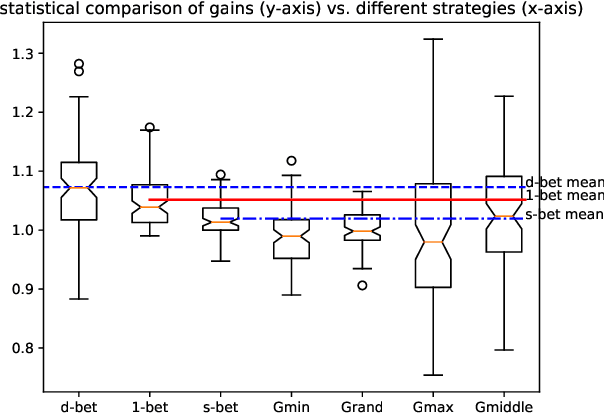
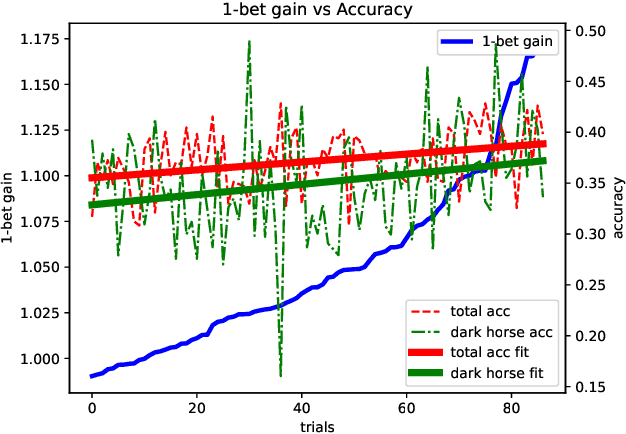

Abstract:It is not surprise for machine learning models to provide decent prediction accuracy of soccer games outcomes based on various objective metrics. However, the performance is not that decent in terms of predicting difficult and valuable matches. A deep learning model is designed and trained on a real sequential trading data from the real prediction market, with the assumption that such trading data contain critical latent information to determine the game outcomes. A new loss function is proposed which biases the selection toward matches with high investment return to train our model. Full investigation of 4669 top soccer league matches showed that our model traded off prediction accuracy for high value return due to a certain ability to detect dark horses. A further try is conducted to depict some indicators discovered by our model for describing key features of big dark horses and regular hot horses.
Extracting Actionability from Machine Learning Models by Sub-optimal Deterministic Planning
Nov 03, 2016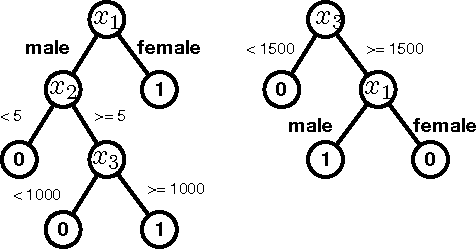
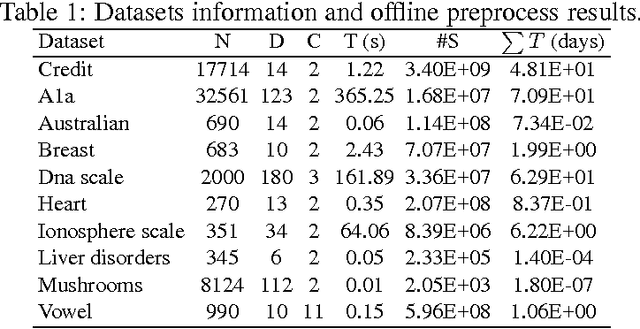
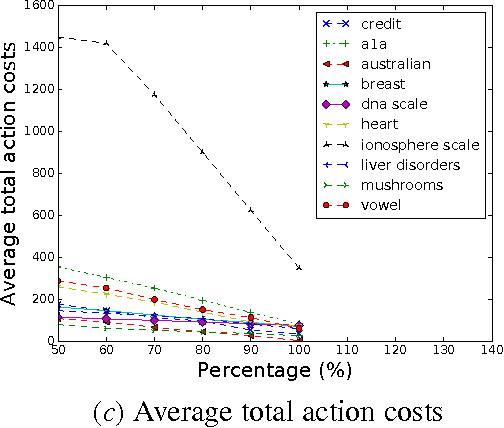

Abstract:A main focus of machine learning research has been improving the generalization accuracy and efficiency of prediction models. Many models such as SVM, random forest, and deep neural nets have been proposed and achieved great success. However, what emerges as missing in many applications is actionability, i.e., the ability to turn prediction results into actions. For example, in applications such as customer relationship management, clinical prediction, and advertisement, the users need not only accurate prediction, but also actionable instructions which can transfer an input to a desirable goal (e.g., higher profit repays, lower morbidity rates, higher ads hit rates). Existing effort in deriving such actionable knowledge is few and limited to simple action models which restricted to only change one attribute for each action. The dilemma is that in many real applications those action models are often more complex and harder to extract an optimal solution. In this paper, we propose a novel approach that achieves actionability by combining learning with planning, two core areas of AI. In particular, we propose a framework to extract actionable knowledge from random forest, one of the most widely used and best off-the-shelf classifiers. We formulate the actionability problem to a sub-optimal action planning (SOAP) problem, which is to find a plan to alter certain features of a given input so that the random forest would yield a desirable output, while minimizing the total costs of actions. Technically, the SOAP problem is formulated in the SAS+ planning formalism, and solved using a Max-SAT based approach. Our experimental results demonstrate the effectiveness and efficiency of the proposed approach on a personal credit dataset and other benchmarks. Our work represents a new application of automated planning on an emerging and challenging machine learning paradigm.
 Add to Chrome
Add to Chrome Add to Firefox
Add to Firefox Add to Edge
Add to Edge